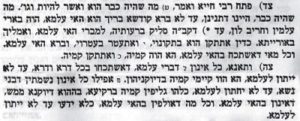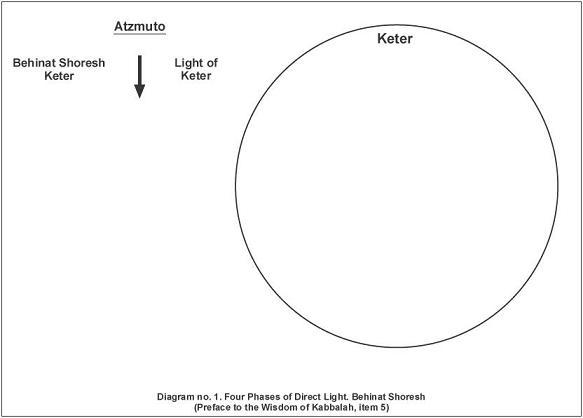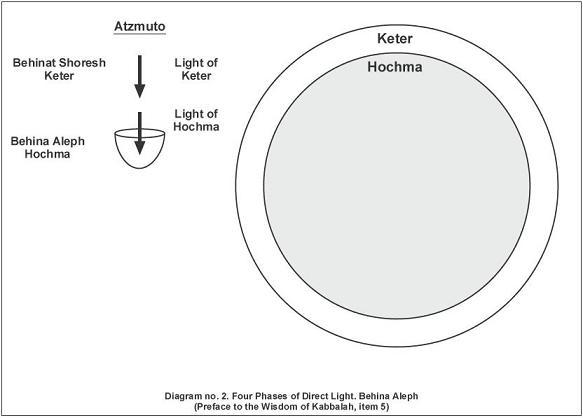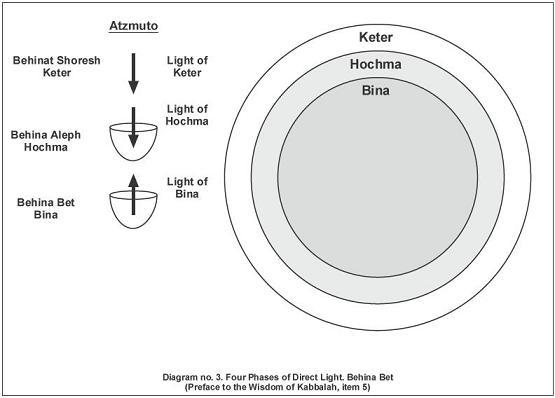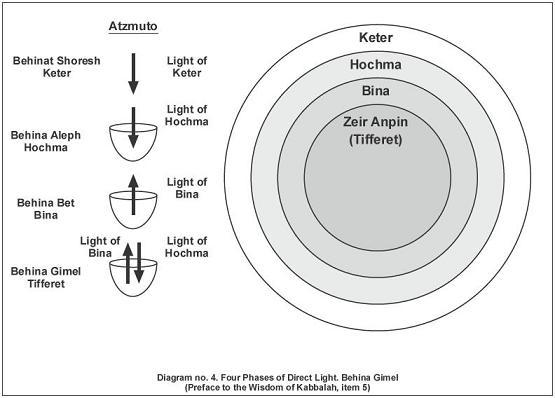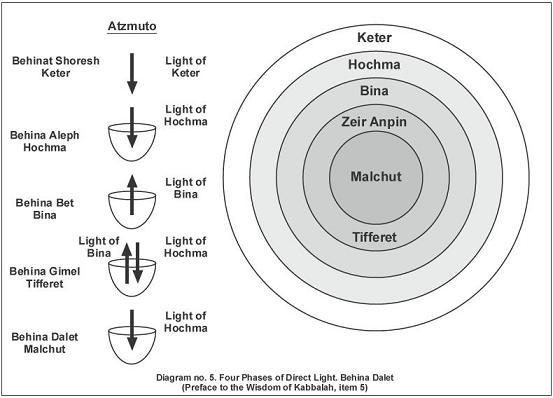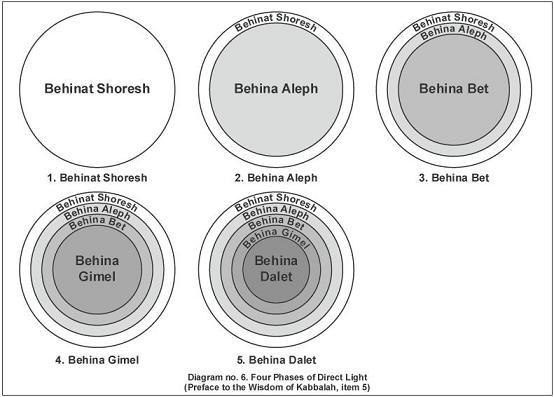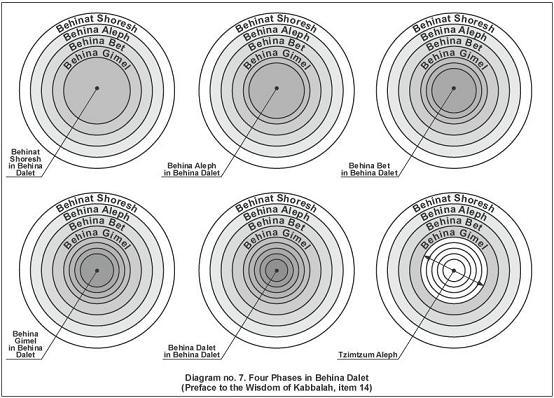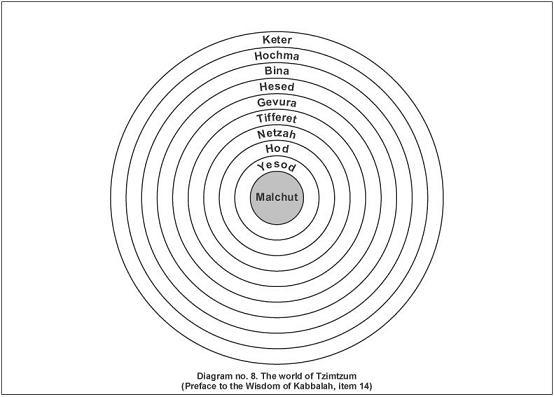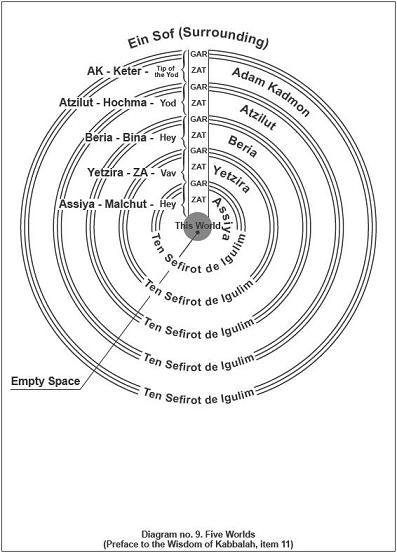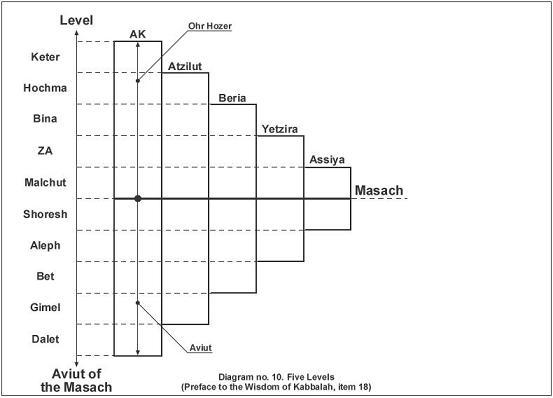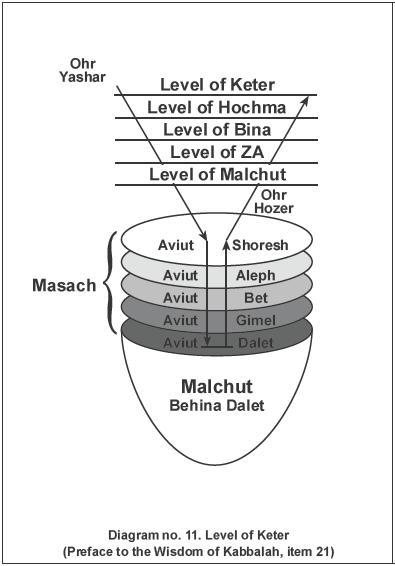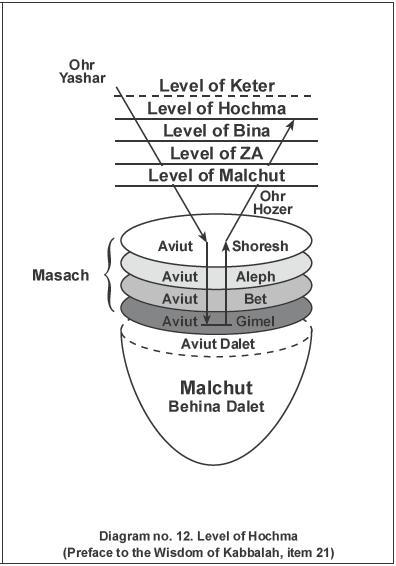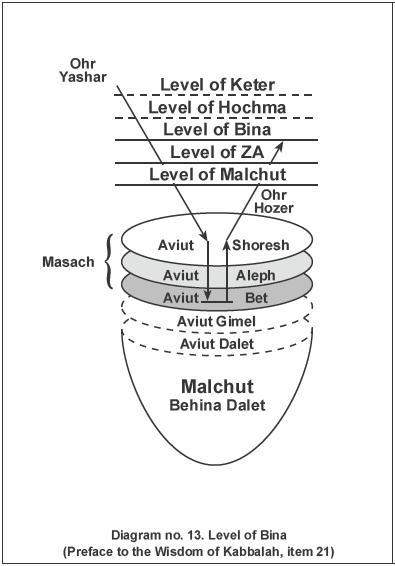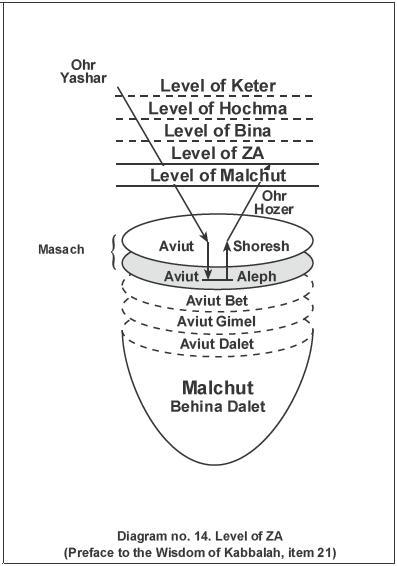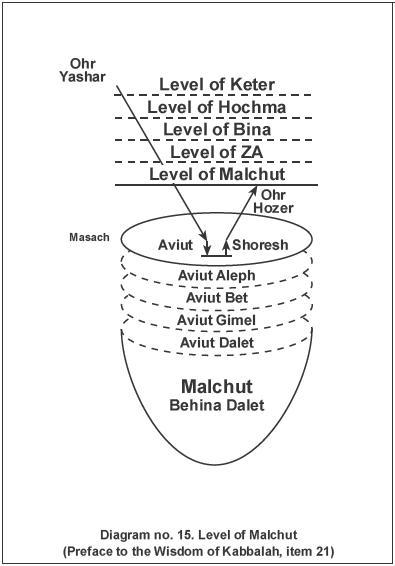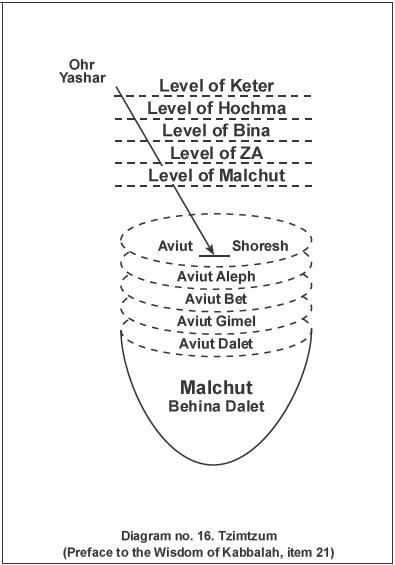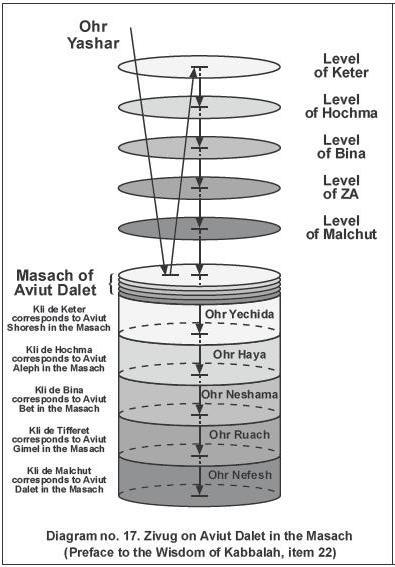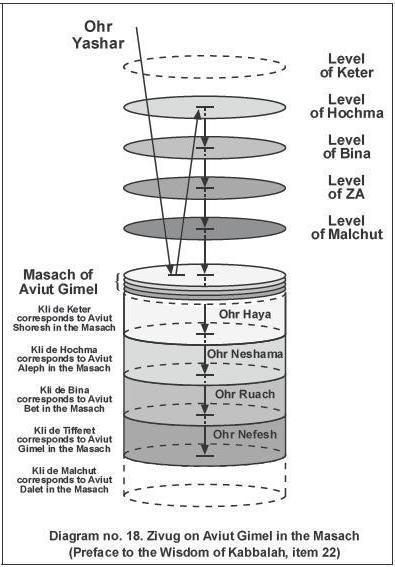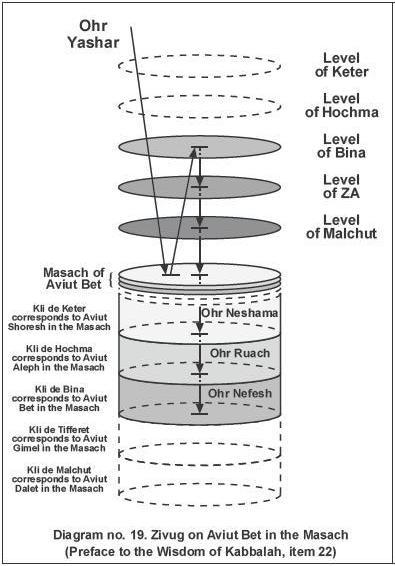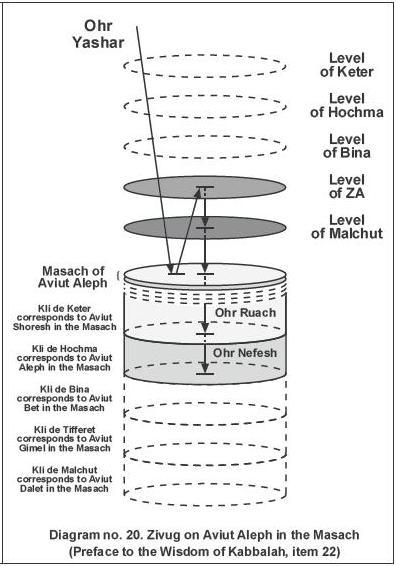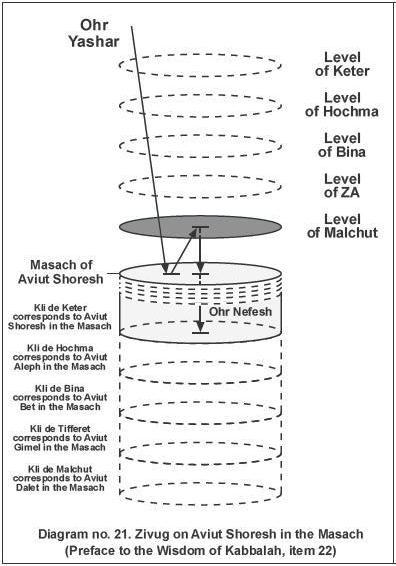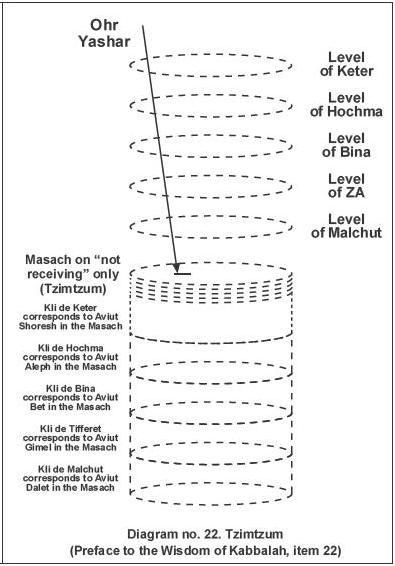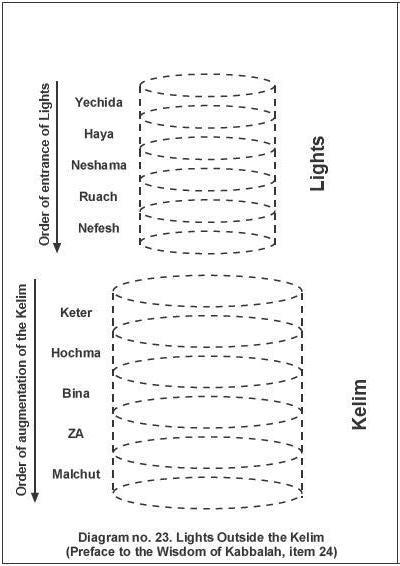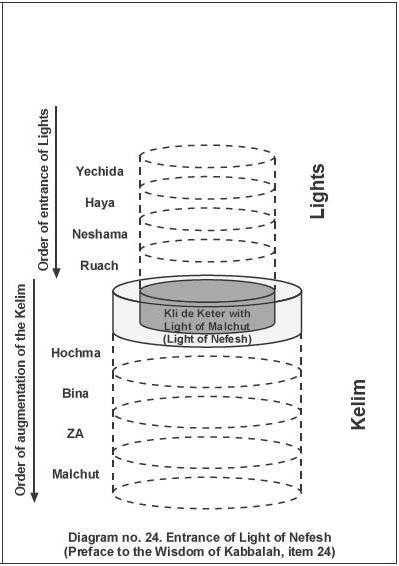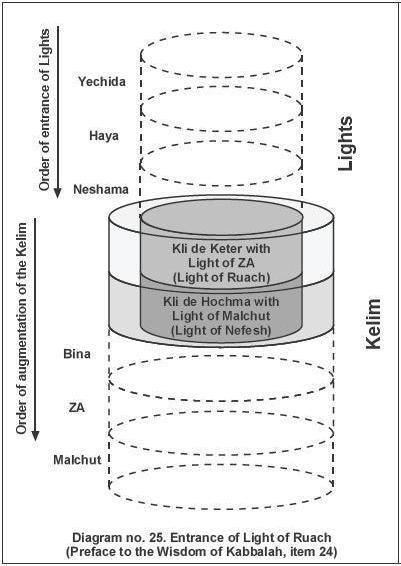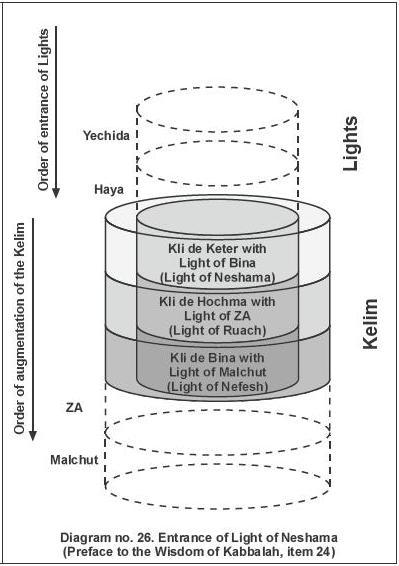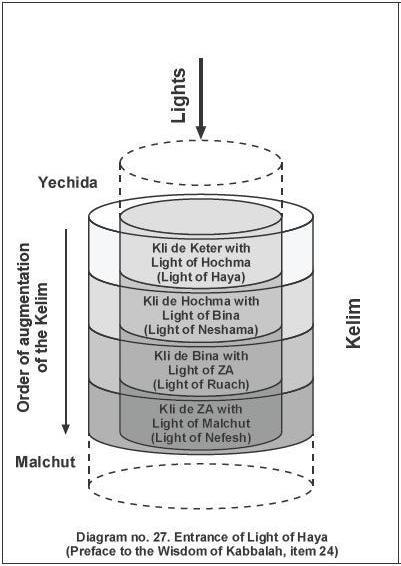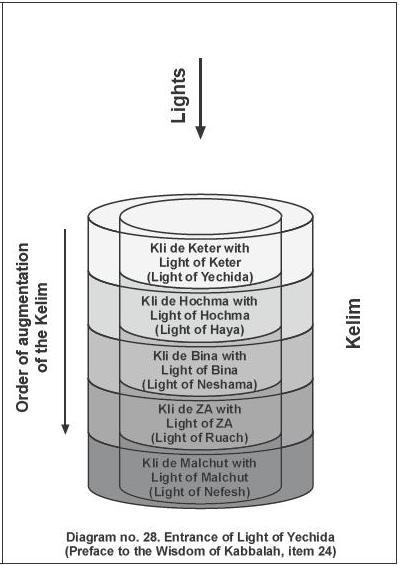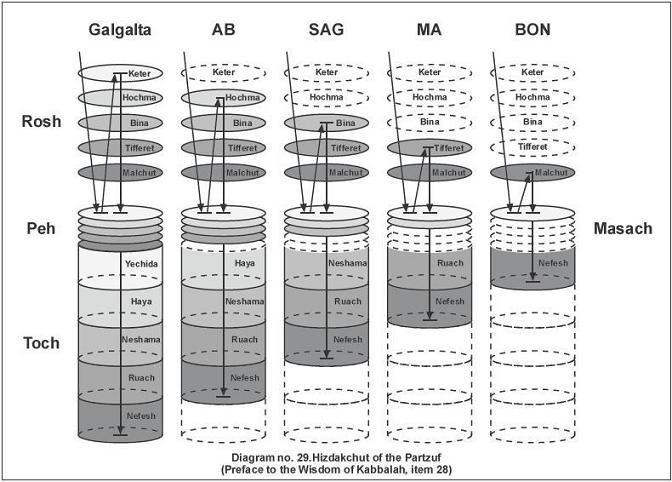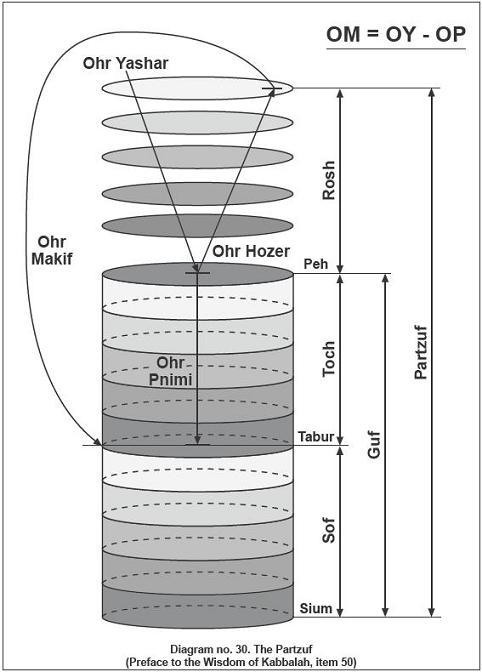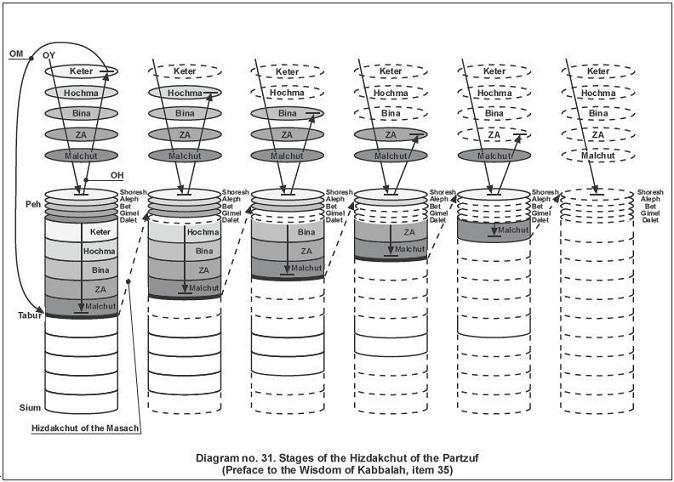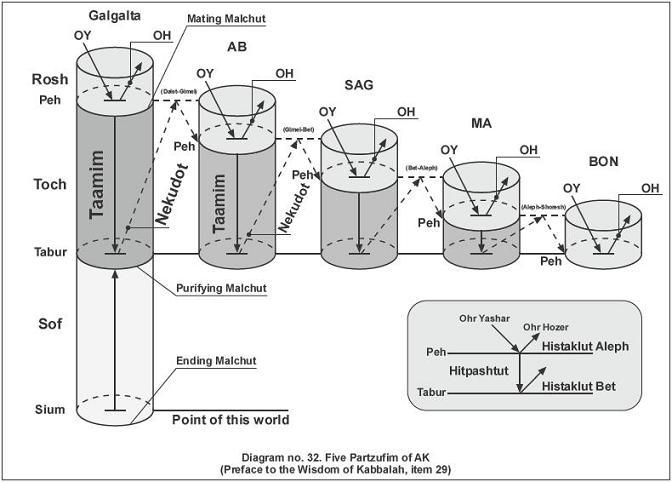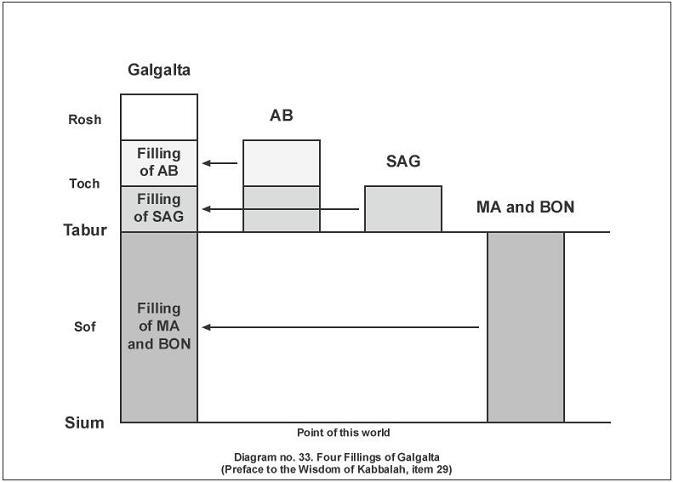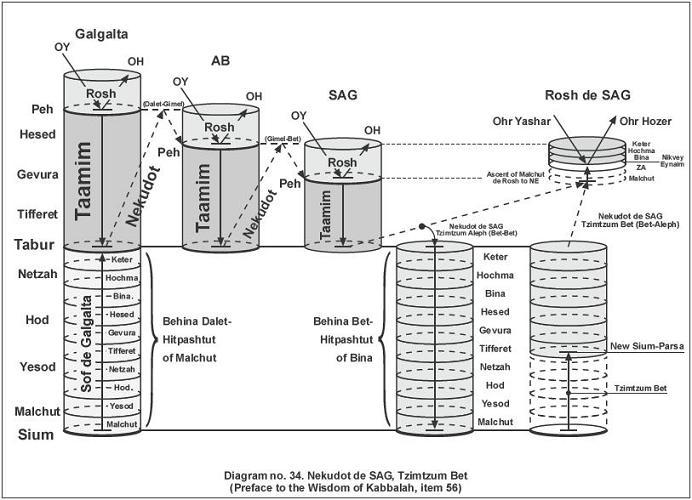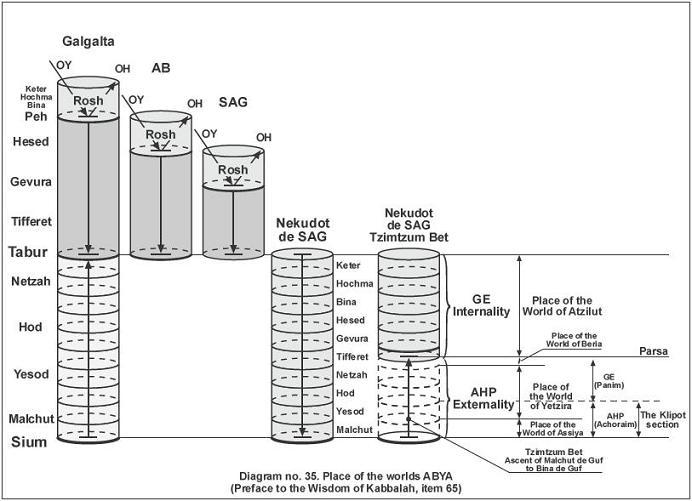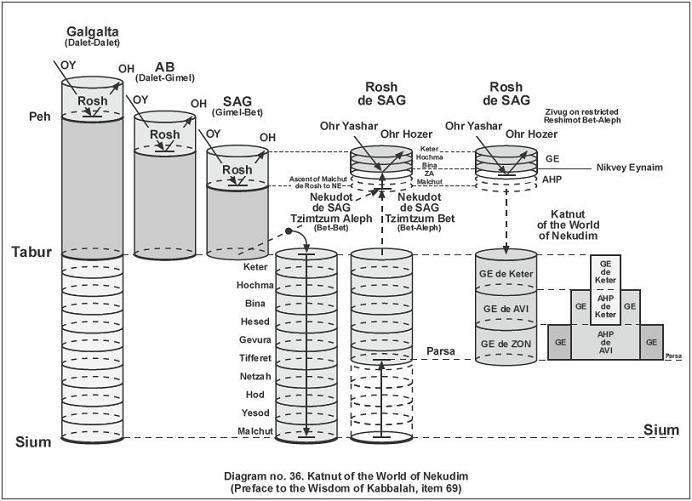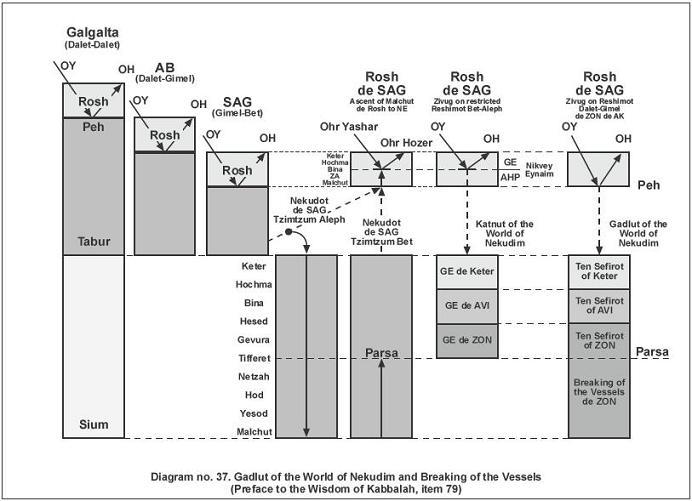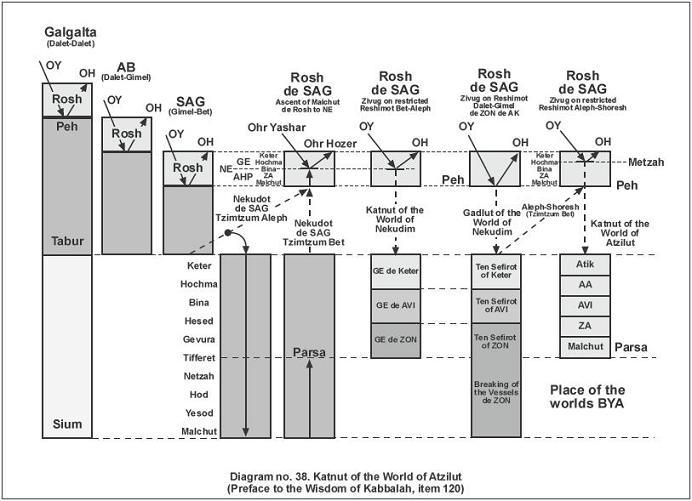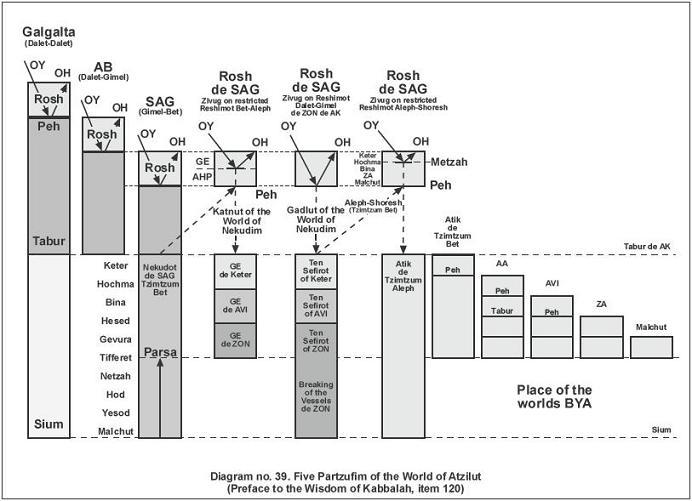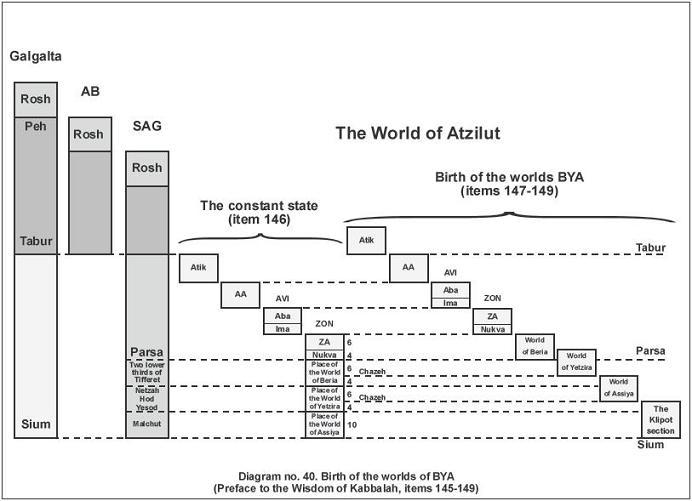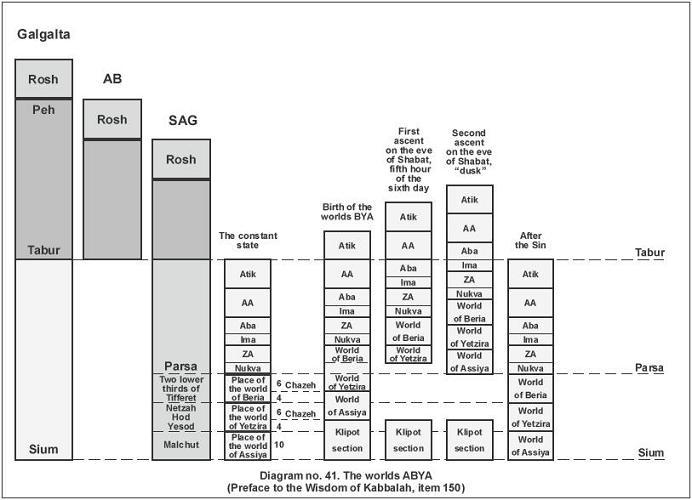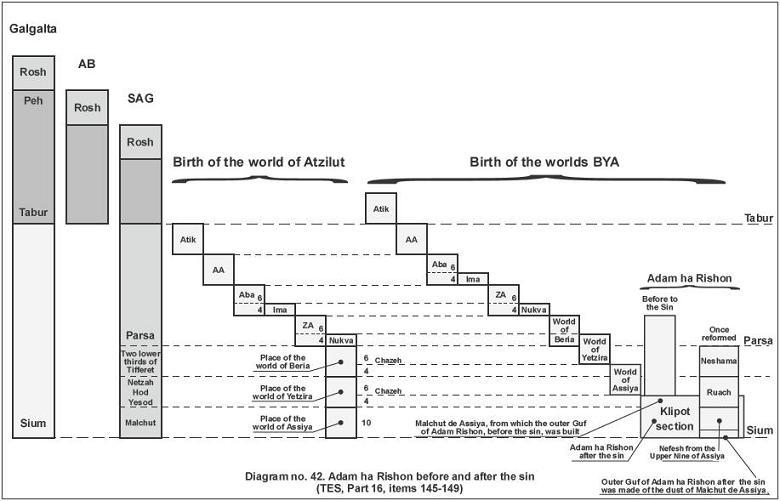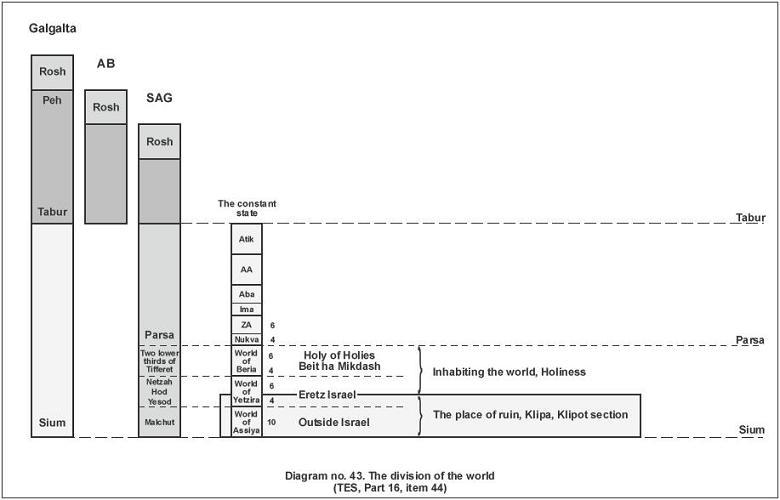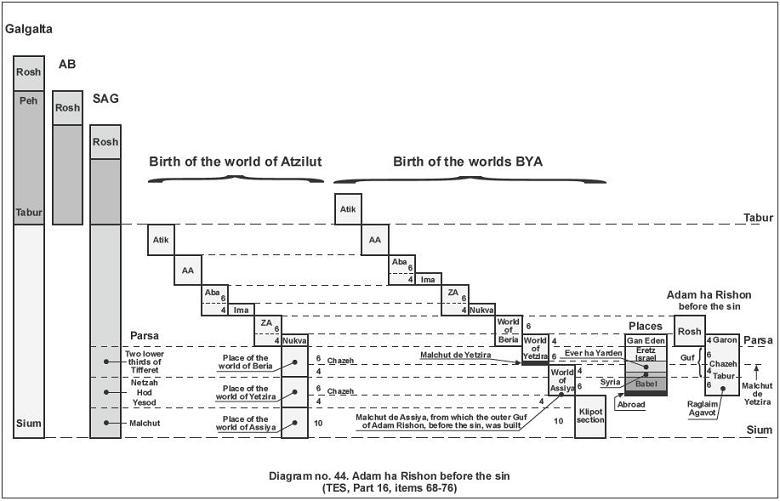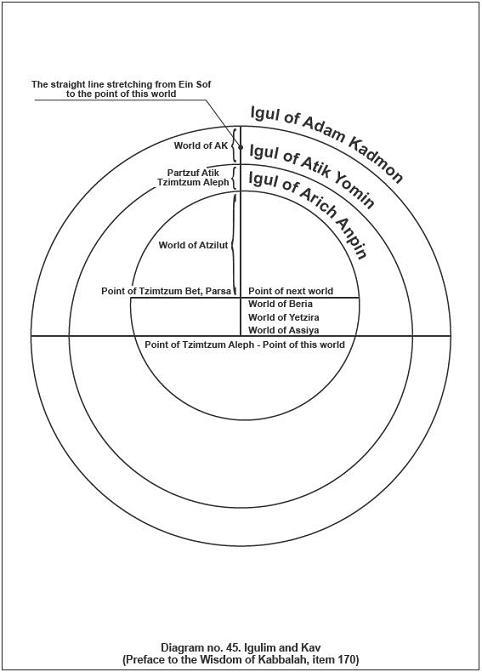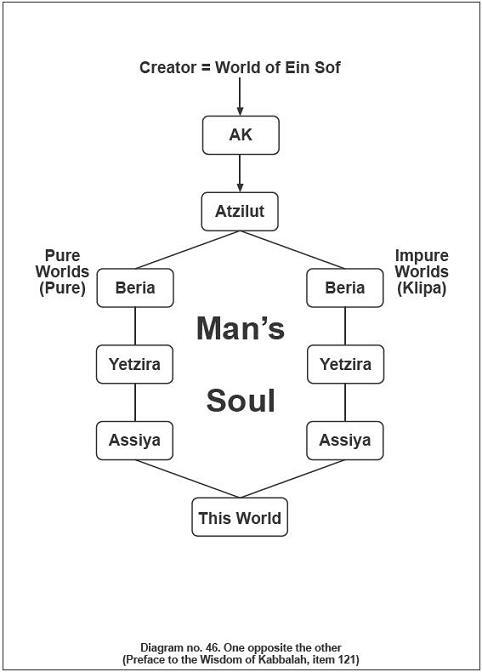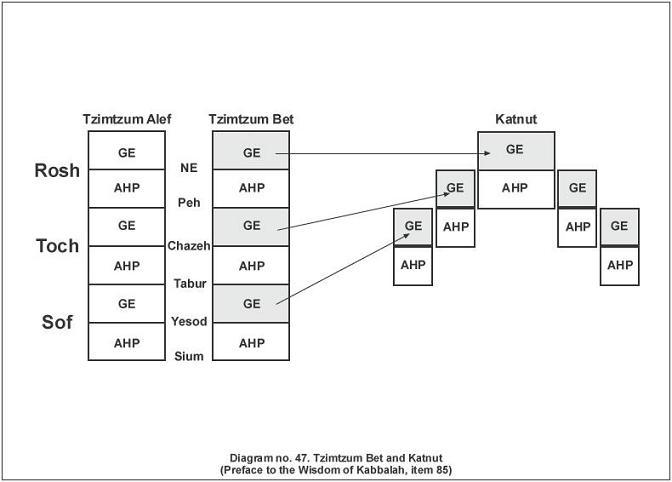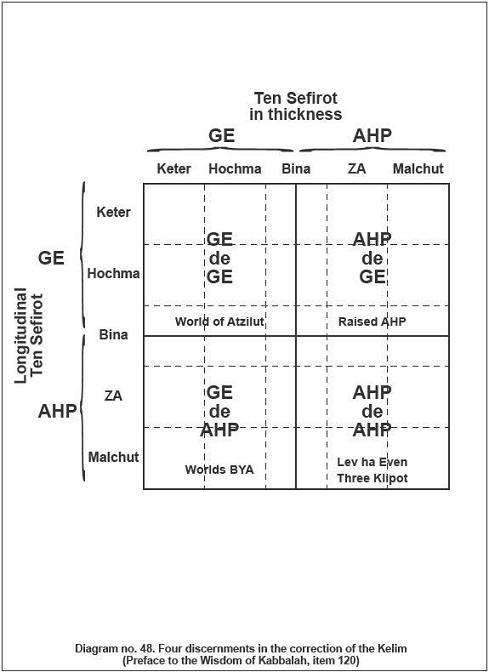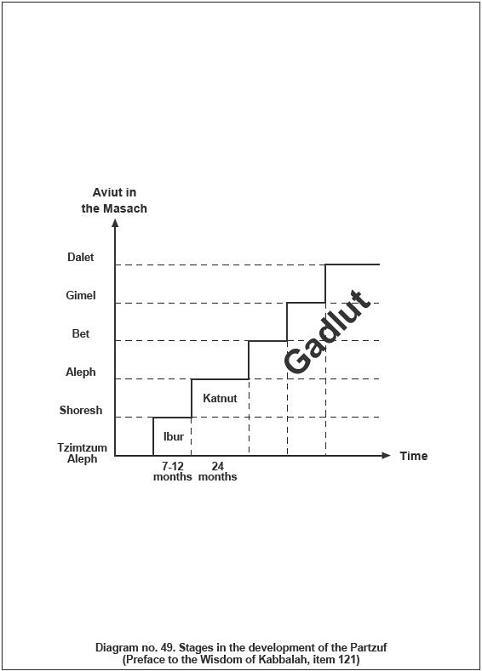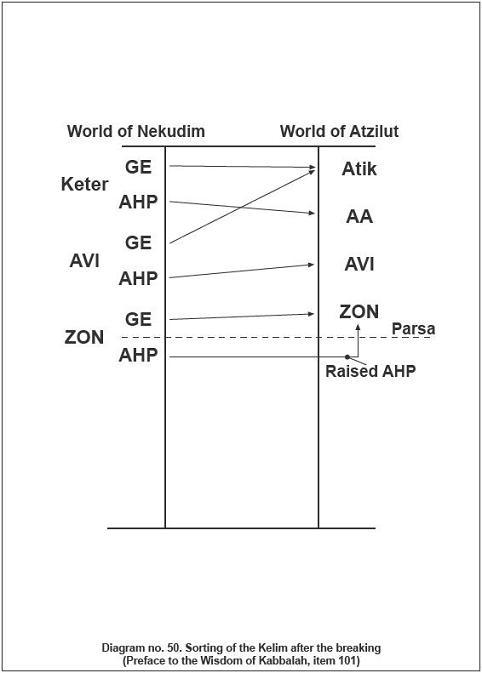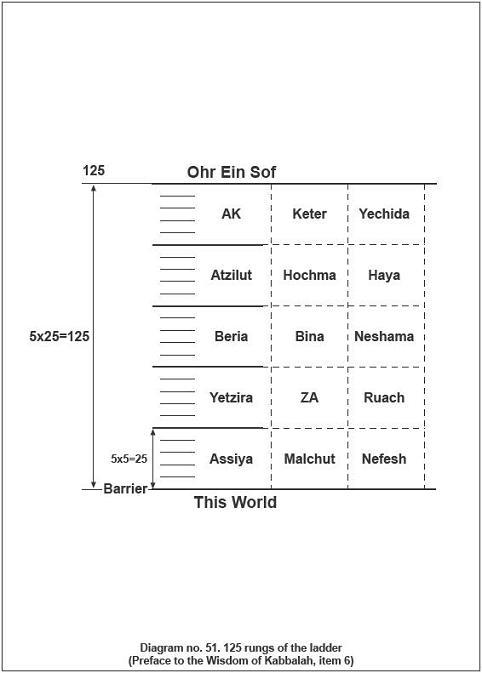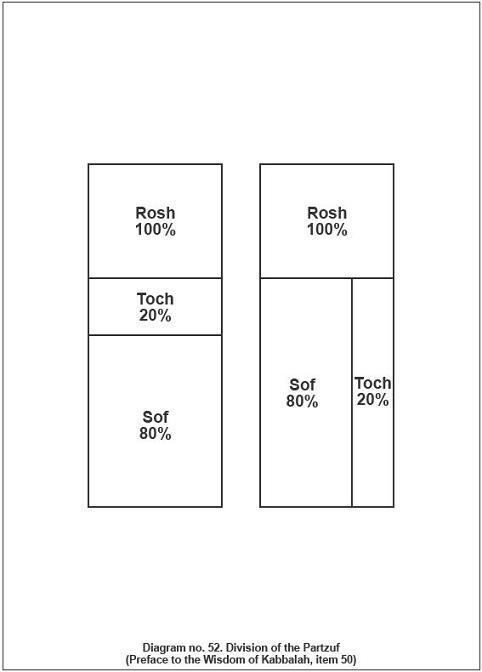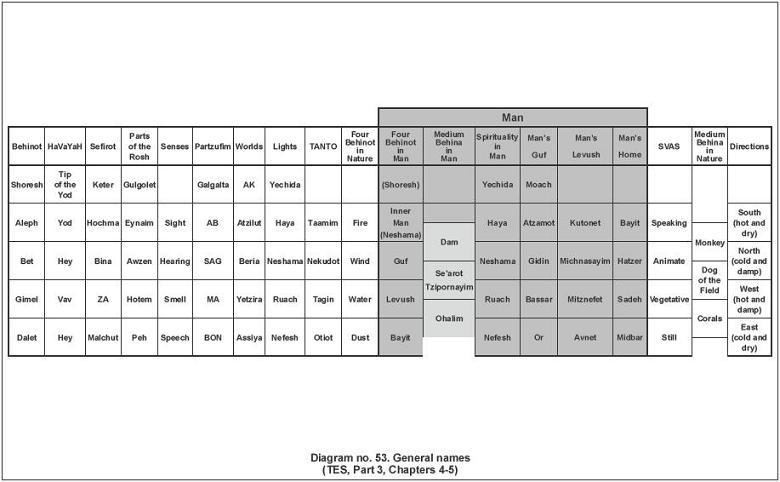The Zohar Returns to All
When Israel come out of exile… the world will know the sublime and precious wisdom that they have never known before.
The Book of Zohar, VaYera [The Lord Appeared], Items 157-158.
Anything that people need spreads naturally in the world. But when it comes to The Zohar and the Kabbalah, matters are not that straightforward.
The disclosure of the writings of Kabbalah has been accompanied by intriguing stories. The Book of Zohar has undergone many hardships, and only a small portion of the original manuscript remains today. The writings of the Ari [Rav Isaac Luria, author of The Tree of Life], were dug out of his grave only three generations after his demise. Indeed, there is a special integration of revealed and concealed, and painful labor pangs when it comes to expanding the wisdom of Kabbalah.
Baal HaSulam made great efforts to publish his interpretation on The Zohar, the Sulam [Ladder] commentary, and wrote as much as 20 hours a day. When he fell asleep on his desk, it was hard to pull the pen out of his hand because his fingers were cramped around it.
For lack of funds to print the manuscripts, he had to wait until he could find the resources. And once he found them, he arranged the lead letters in the printing press by himself, although he was already ill and very weak. Yet, volume by volume, his life’s work was completed.
Still, people were afraid to open The Zohar and preferred to stay clear of it. As early as 1933, Baal HaSulam began to disseminate the wisdom of Kabbalah in an effort to prevent the looming holocaust. “Time to Act” was the title of his opening essay in the first tract that he printed—out of fifty that he had planned to publish. However, his work was frowned upon by certain orthodox circles, and within a few weeks they managed to apprehend the printing of the tracts to prevent the expansion of the wisdom.
In 1940, Baal HaSulam published a paper, The Nation, in which he called upon the Israeli nation to unite. His wish was to establish a by-weekly paper, but the paper initiative, too, was thwarted after the publication of the first issue.
In the 1950s, Baal HaSulam described the situation with a mixture of great sadness and hopes for the future:
I have already conveyed the rudiments of my perception in 1933. I have also spoken to the leaders of the generation, but at the time, my words were not accepted, though I was screaming like a banshee, warning about the destruction of the world. Alas, it made no impression. Now, however, after the atom and hydrogen bombs, I think that the world will believe me that the end of the world is coming rapidly, and Israel will be the first nation to burn, as in the previous war. Thus, today it is good to awaken the world to accept the only remedy, and they will live and exist.
Baal HaSulam, “Writings of the Last Generation,” Part 1, Section 2
The question that arises out of all that is “Why does everything that concerns the disclosure of the wisdom of Kabbalah happens in such an odd way and evokes so much resistance?” After all, it is a wisdom that discusses human psychology, our inner makeup, family values, education and culture, conducts of Nature and the foundation of Creation. Don’t we need this information?
Whatever the case may be, within each of us is a special feeling, a kind of internal recoil from The Book of Zohar and the wisdom of Kabbalah, which originates in our very nature. What separates Kabbalah from any other teaching is the issue of correction. Kabbalah talks about how we should correct ourselves, change our attitude toward ourselves and toward those around us, so it is only natural that our egos wince at that dictate.
The sages of Kabbalah certainly knew all that, which is why they hid the wisdom for millennia until the moment was ripe and people would really need it. They themselves were the ones who stirred the public away from it, declaring strict limitations on studying it: age 40 or above, men only, married, and only after having been filled with all the other parts of the Torah. The sages also spread rumors that Kabbalah could make you lose your sanity!
In previous generations, the desire to discover the spiritual world still did not awaken in the hearts of most people; hence, the wisdom of Kabbalah was kept hidden. However, if the desire did awaken in anyone, the wisdom was opened to that person. The Ari [Isaac Luria], Chaim Vital, the Baal Shem Tov, the Vilna Gaon, the Ramchal, Rabbi Nachman of Breslov, and many others studied and taught the wisdom of Kabbalah long before they reached the age of 40. In our generation, this desire is awakening in millions of people the world over, hence the wisdom is being shared openly with the public.
As we mentioned earlier, the process of revealing and concealing the wisdom is not new. It actually began over 5,770 years ago. This is when the first human discovered the spiritual world. Many generations of humans lived before his time, but he was the first in whom the desire for what lies beyond the boundaries of this world appeared. His name was Adam, from the words Adame la Elyon[I will be like the most high] [1], and he was the first Kabbalist, the first person to ascend in qualities and discover the upper force.
Adam ha Rishon [The First Man] was the first to receive a sequence of sufficient knowledge by which to understand and to successfully maximize everything he saw and attained with his eyes. And this understanding is called “the wisdom of truth.”
Baal HaSulam, “The Teaching of the Kabbalah and Its Essence”
The day that Adam began to discover the upper force is called “the day of the creation of the world.” On that day, humanity first touched the spiritual world. This is why Adam’s existence is the point from which the Hebrew count of years begins.
According to Nature’s plan, the whole of humanity will discover the upper force within 6000 years [2]. During those years, the human ego is to gradually grow and bring humanity to the realization that it must be corrected, as well as to the ability to understand the correction method and to implement it.
The first Kabbalah book, Angel Raziel—meaning the “hidden force,” the force of Nature, which governs us but is hidden from us—is attributed to Adam. According to Kabbalah, angels are not winged heavenly entities, but forces acting in Nature.
Adam did not rush to the announce his discoveries to the world. For ten generations, the knowledge was quietly passed on from Kabbalist to Kabbalist until the generation of Noah. From there it was passed on through ten more generations until the generation of Abraham.
During the twenty generations that had passed between Adam and Abraham, conditions had changed. In Abraham’s time, humanity was centered in Babylon and lived as a big family, as it is written, “And the whole earth was of one language and of one speech” [3]. People sensed each other, lived in harmony among themselves and with Nature, until the first substantial burst of the ego occurred. In the Bible, it is described as the story of the tower of Babel:
Nimrod said to his people, “Let us build us a great city and dwell within it, lest we become scattered across the earth like the first ones, and let us build a great tower within it, rising upward to the heaven … and let us make us a great name in the land…”
They built it high … those who would bring up the bricks came from its eastern side, and those who would come down, would come down from its western side. And if a person fell and died, they would not mind him. But if a brick fell, they would sit and cry and say, “When will another rise in its stead.”
Chapters of Rabbi Eliezar, Chapter 24
The tower of Babel symbolizes the tower of human egoism. Nimrod, who leads the building of the tower, symbolizes the desire to rebel, to disobey Nature’s comprehensive law of balance and giving.
Because he wished to understand what was happening to his people, Abraham began to look into the nature of Creation. He discovered that the leap in egoism was not coincidental, but a preordained move in Nature’s development plan. Abraham found that the ego did not intensify to separate people, but to make them unite at a higher level and discover the upper force that was causing this shift. He tried to prevent the destruction and to explain to people how to rise above the hatred and the separation.
Abraham, son of Terach, went by and saw them building the city and the tower … but they loathed his words … They wished to speak each other’s language but they did not know each other’s language. What did they do? They each took his sword and fought one another to death. Indeed, half the world died there by the sword.
Chapters of Rabbi Eliezar, Chapter 24
Yet, Abraham did not give up. He continued to circulate the wisdom he had discovered with all his might because he knew that among his contemporaries were people who were already ripe for development. This is how Maimonides describes it:
At forty years of age, Abraham came to know his Maker. …He was calling out, wandering from town to town and from kingdom to kingdom … Finally, tens of thousands assembled around him, and they are the people of the house of Abraham. …This continued and expanded in the children of Jacob and in those accompanying them, and a nation that knows the Lord was made in the world.
Maimonides, Mishneh Torah (Repetition of the Torah), Idolatry Rules, Chapter 1, 11-16
The Book of Creation, attributed to Abraham, explains the system that governs reality. The book speaks not only of a single, comprehensive force, but about its entire system and subsystems, about primary and secondary forces through which that single force affects us.
The Book of Creation describes the 32 paths towards affecting the whole of reality—how these systems work, and how they cascade in hierarchy from degree to degree until they reach us and operate on us.
Abraham and his wife, Sarah, made great efforts to explain and circulate this new information. They gathered around them people who felt as they did—that this life was given to us only so that during it, we will reach a higher dimension of existence. In so doing, we can attain spirituality and wholeness and exist forever at the “human” degree, similar to the upper force.
To those who were still not ready to perceive the wisdom of Kabbalah, Abraham gave “gifts,” as it is written, “But to the sons of his concubines, Abraham gave gifts, and sent them … to the land of the east” [4]. Those gifts are the foundations of all the belief systems that people would follow for millennia until they ripen and grow.
The group of Kabbalists, Abraham’s successors, used the correction method that it learned from him over several generations until another burst of egoism took place. Then, a need arose to disclose the correction method at a higher level, over the new ego. That new method was given to the group of Kabbalists by Moses, the great Kabbalist who lived at that time. Moses led them to the exodus from the exile in Egypt—out of the domination of the new ego—and taught them how to exist “as one man in one heart” (RASHI, Exodus, Chapter 19), as parts of a single organism.
Because of its size, the group was now named “a people.” Its name, “Israel,” points to the desire within them to reach Yashar El [straight to God], directly to the upper force, through attainment of Its quality of love and giving.
Moses’ correction method is called “the Torah,” and is an adaptation of Abraham’s method to Moses’ generation. The Torah is not a history book or an ethics book, as it is often treated today. Rather, it is a method, a guide, a manual for correcting the ego.
“Torah” [5] comes from the word Horaa [instruction] and Ohr [light]. Kabbalah uses the term “light” in two ways:
1) as a force that corrects a person, as it is written, “The Light in it reforms him” [6].
2) as the pleasure that fills a person who has corrected the ego.
The group of Kabbalists continued to evolve, correcting all the egoistic desires that appeared in them using Moses’ method. The light that they received into the corrected desires was called “The House of Holiness” [The Temple]. That is, their corrected desires formed “a house” filled with “holiness”—the quality of love and giving.
Children were born and raised by the correction method and reached spiritual attainment, too. The education of the nation was a spiritual one, and there was not a child who did not know the spiritual laws.
They checked from Dan to Beer Sheba … and did not find a baby boy or a baby girl, a man or a woman who were not proficient in laws of impurity and purity.
Babylonian Talmud, Sanhedrin 97b
The wisdom of Kabbalah explains that the term, Tuma’a [impurity], refers to the egoism in a person, and the term, Tahara [purity], refers to the power of love and giving. Thus, the people lived in sensation of the upper force, in bonding and brotherly love until the ego leaped once more to a new degree, causing the loss of that sensation. The act of detaching from the sensation of the upper force was called “the ruin of the Temple,” and the domination of the new ego was called “the exile in Babylon.”
The return from the exile in Babylon and the construction of the Second Temple symbolized the correction of the ego that caused the ruin of the First Temple. This time, however, the nation was divided into two: Some succeeded in correcting the ego, but others whose intensity of egoism was greater could not. Gradually the ego intensified even among those who succeeded in correcting it, eventually causing the entire nation to lose its ability to sense the upper force.
Thus, everyone went into a concealment of spirituality. The domination of the ego this time was called “the ruin of the Second Temple,” and this was the beginning of the last exile.
The ruin of the quality of love and giving, and the eruption of unfounded hatred, made the entire people lose the sensation of the upper force. Yet, what actually happened to Israel in that ruin was a fall from brotherly love to unfounded hatred. From a life of harmony and the sensing of the upper world, Israel has declined into the narrowest, most turbid sensation in reality, otherwise known as “this world.”
Ever since, for nearly 2,000 years, Israel has been living in a state of total oblivion to the fact that there is something far better.
And yet, in each generation, there were a chosen few Kabbalists who continued to sense the Creator. In hiding, far from the public eye, which was unaware of their engagement, the Kabbalists continued to develop the correction method for human nature to match humanity’s growing egoism. Their role was to prepare the method for the time when the whole of humanity would need it—our time.
***
Throughout history, the wisdom of Kabbalah has reached beyond just the people of Israel. Thinkers from around the world have always come to study with the Kabbalists. In his essay, “The Wisdom of Kabbalah and Philosophy,” Baal HaSulam explains that philosophy originated in contact between students of the prophets and the first philosophers. The philosophers took fragments of the concepts of Kabbalah, and without correcting themselves developed different theories out of them.
Johannes Reuchlin (1455-1522), a German humanist, political counselor to the Chancellor, and an expert in ancient languages and traditions, was affiliated with the heads of the Platonic Academia. In his book, De Arte Cabbalistica, he describes the process we just mentioned:
“My teacher, Pythagoras, who is the father of philosophy, did not receive those teachings from the Greeks. Rather he received them from the Jews. …And he was the first to convert the name ‘Kabbalah,’ unknown to the Greeks, into the Greek name ‘philosophy.’”
“Pythagoras’ philosophy emanated from the infinite sea of the Kabbalah.”
“The Kabbalah does not let us spend our lives on the ground, but rather raises our intellect to the highest goal of understanding.” [7]
Let us return to those people who could not perceive Abraham’s notion in ancient Babylon. When they departed Babel, they scattered across the globe as seventy nations and developed materially.
Alone, they would never have been able to perceive the notion of the spiritual. Yet, if they could not perceive it, it would contradict the purpose of Creation: to bring all the people to the level of the Creator. Hence, the contact point between Israel and the rest of the nations had to be recreated.
That process unfolded by intensifying the ego within Israel, after which the people declined from their degree and scattered among the nations. The idea was to mingle the souls of Israel with the souls of the nations of the world, to “sow” seeds of spirituality within the other nations.
How was this done? The people of Israel sank into egoism and corporeality similar to the other nations, so now there was common ground between them. However, we must keep in mind that within the souls of Israel, the spiritual seed had already been sown. While they were in exile, Israel avoided physically assimilating with other nations; yet internally, the mingling did indeed occur.
Thus, the desired spiritual result was achieved and sparks of the souls of Israel now permeate the nations, allowing them to join Israel in the process of general correction. In total, Israel experienced four exiles in which such mingling between Israel and other nations occurred.
Prior to the exit to the last exile, in the 2nd century CE, The Book of Zohar was written by Rabbi Shimon Bar Yochai (Rashbi) and his group of students. It was written in Aramaic and contains depictions of all the states that humanity is destined to experience until the end of the general correction.
Although The Zohar was written prior to the departure of Israel into exile, The Zohar states that the book will be discovered only at the end of the spiritual exile and in fact, facilitate its end. It also states that toward the end of the 6,000 year period of the correction of human nature, the book will be revealed to the whole of humanity: “At that time, it will be revealed to all.” [8]
Immediately after its completion, The Book of Zohar was concealed. In the 16th century, some 1,400 years later, the Ari appeared in Zephath [9]. The Ari used a scientific, systematic approach to detail the correction method that The Zohar presents through intimations and allegories. The writings of the Ari include descriptions of the structure of the upper world, and explain how one should enter that realm of reality.
However, because during the Ari’s time the ego had not yet been revealed in its full intensity, very few could understand his words. A more developed ego yields a keener perception, and there were few such egos at that time.
Following the Ari, Kabbalists craved that the wisdom of Kabbalah be known, as is evident from their words:
The wisdom of Kabbalah makes the fool wise. Also, one who did not see the light of this wisdom has never seen lights in his life, for then he will understand and learn the meaning of His uniqueness, blessed be He, and the meaning of His governance … and all who retire from it, retire from the spiritual, eternal life.
Rav Isaiah Ben Abraham HeLevi Horowitz (the Holy Shlah), “First Article,” p 30
Redemption depends primarily on the study of Kabbalah.
The Gaon, Rabbi Eliyahu of Vilna (GRA) [10]
Rabbi Shimon Bar-Yochai so cried over it, and called upon those who engage in the literal Torah that they are asleep …Indeed, this the fruit of the exile, that Israel have forgotten this path and remained asleep, immersed in their slumber, not paying attention to it… And we are here in the dark, as the dead, verily as blind searching the wall. It is unbecoming for the upright to walk on this path, but on the contrary to open blind eyes.
Rav Moshe Chaim Luzzato (Ramchal) [11]
The study of The Book of Zohar is higher than any other study.
Rabbi Yosef David Azulai, HaChida [12]
The language of The Zohar is good for the soul … young and old are there, each according to one’s understanding and the root of one’s soul.
Rav Tzvi Hirsh Ben Yaakov Horowitz, Upright Conducts, Item 5
Yet, despite the yearning of these great Kabbalists to circulate the wisdom of Kabbalah, they had to be discreet, to reveal, yet to conceal. The generation was not fully ripe. Only today are people gradually beginning to rid themselves of the stigmas and realize that Kabbalah is not mysticism, magic, charms, magic cures, or blessings for a good life in this world.
The emptiness and the gap that has appeared in our generation toward corporeal life and the cravings for something new and fulfilling have brought us to a point where we are finally able to understand the value of Kabbalah. Here lies a method that elevates one to another level of existence—the level of the upper force. That ripeness proves that our souls have awakened, that they have reached an entirely new level of development. This degree allows for, or better put, necessitates the revelation of the wisdom of Kabbalah to the entire world.
If we examine matters from the perspective of Nature’s program of development, the approaching end of the allotted time for correction has brought human egoism to its final degree. Humanity has come into a comprehensive, existential crisis and deadlock. From this state, the need for a method to correct the ego becomes clear, and many people wish to perceive what in the past was perceived by only a few.
This is the reason why the correction method is being exposed today in full. Baal HaSulam interpreted The Book of Zohar and the writings of the Ari so that each of us could connect to them. This is why he said, “I am glad that I have been born in such a generation when it is already permitted to publicize the wisdom of truth. And should you ask, ‘How do I know that it is permitted?’ I will reply that I have been given permission to disclose” [13]. And also, “My being rewarded with the manner of disclosing the wisdom is because of my generation.” [14]
We are in a generation that is standing at the very threshold of redemption, if we only know how to spread the wisdom of the hidden to the masses. … And the dissemination of the wisdom in the masses is called “a Shofar” [special horn]. Like the Shofar, whose voice travels a great distance, the echo of the wisdom will spread all over the world.
Baal HaSulam “Messiah’s Shofar”
It is important to remember that the Jewish nation was not formed on a racial or a national basis. Jews today are incarnations of the same souls that gathered around Abraham in ancient Babylon to realize the spiritual idea of “Love thy friend as thyself,” which leads to the discovery of the Creator.
Kabbalists explain that initially, the correction method was offered to every nation, for “The purpose of Creation lies on the shoulders of the whole of the human race, black, white or yellow, without any essential difference” (Baal HaSulam, “The Arvut” [Mutual Guarantee], Item 23). However, at the time, not a single nation was willing to take it because humanity still did not need it. This is why the method was given to the people of Israel, “By which the sparks of purity would shine upon the whole of the human race the world over … to such an extent that they can understand the pleasantness and tranquility that are found in … love of others” (“The Arvut” [Mutual Guarantee], Item 24).
The Jews must begin to reuse the wisdom of Kabbalah to shift from unfounded hatred to brotherly love, return to their spiritual roots, and to bring the light to the world—to be “a light to the nations.” [15]
By that, the two paths that parted ways in ancient Babylon—the people of Israel and the rest of humanity—will come together and the thought of Creation will be complemented: all creations will unite with the upper force, the power of love and giving.
__________________________________________________________________________
Now the days are near when all will know and recognize that the salvation of Israel and the salvation of the entire world depend only on the appearance of the wisdom of the hidden Light of the internality of the secrets of Torah in a clear language.
Rav Raiah Kook, Letters 1, Item 92
___________________________
The study of The Zohar and the wisdom of Kabbalah connect people from all over the globe, regardless of race, sex, nationality or religion. This wisdom bridges over mentalities, character, age, and socioeconomic differences. From all over the world, tens of thousands of people gather each year in many different places in the world for conventions of Kabbalah studies. There is hardly a country in the world without a representative. In these conventions, everyone bonds with brotherly love for the purpose of discovering the Creator, proving defacto the truth in the words of the prophets and Kabbalists of all generations.
______________________________________________________________________
When the Children of Israel [those who aspire Yashar El (straight to God)] are complemented with the complete knowledge, the fountains of intelligence and knowledge shall flow … and water all the nations of the world.
Baal HaSulam, “Introduction to the Book Panim Meirot uMasbirot,” Item 4
___________________________
The Allegory about the King and the Queen
In all of Israel’s exiles, He set a time and an end to all of them. And in all of them, Israel return to the Creator, and the virgin of Israel, Malchut, returns to her place at the set time. But now, in the last exile, it is not so. She will not return as in the other exiles. This verse teaches, “She has fallen; she will not rise again—the virgin of Israel,” and it does not say, “She has fallen and I will not raise her again.”
It is like a king who was angry with the queen and expelled her from her palace for a certain period of time. When that time was through, the queen would immediately come and return before the king. This was so once, twice, and thrice. But on the last time, she became remote from the king’s palace and the king expelled her from his palace for a long time. The king said, “This time is not as like the other times, when she came before me. Instead, I and all my household will go and seek her.”
When he reached her, he saw that she was lying in the dust. Who saw the glory of the queen at that time, and the king’s requests of her? Finally, the king held her in his arms, raised her, and brought her to his palace. And he swore to her that he would never part from her again and will never be far from her.
It is similar with the Creator: every time the assembly of Israel were in exile, she would come and return before the King. But now, in this exile, it is not so. Rather, the Creator will hold her by the hand and will raise her, appease her, and bring her back to His palace.
Zohar for All, VaYikra [The Lord Called], Items 78-81
In all the previous exiles, Israel wished to come out of exile and return to its native land. They wished to return to the spiritual degree that was held while still in exile. Today, however, everything is ready for redemption, yet Israel has no desire to rise.
Why is it so? In the last exile, there was such intense egoism in Israel that they had neither a way nor a will to come out of it. Like the queen, Israel now lies in the dust, immersed in corporeality as though hypnotized, living like zombies. In truth, the world is filled with light. If Israel only opened its eyes a little, they and the world would discover it. But for now, dust fills their eyes.
In the spiritual sense, the word “exile” is an advanced state, a moment before redemption, when one feels that all that’s needed is the revelation of the upper force. This feeling can generally be described as such: “I may have everything in the corporeal sense, but I feel that it is all worthless, that I am completely dissatisfied. Why? I haven’t a clue but it is what I feel. I have a home, I make a good living, I can afford to travel, to enjoy myself, I have friends, yet something is missing.”
In previous generations, people lived far worse than we do. Compared to them, our lives are lives of kings, yet they are tasteless. The emptiness experienced today is leading us to discover what lies behind the verse, “Taste and see that the Lord is good,” which Kabbalists offer to us as the remedy.
We must discover the upper force that creates us, that takes us through this process, and that is now pulling us back to it through the question, “What am I living for?” This question is really like a door handle. If we open that door we will discover heaven.
In truth, the King has already come to the Queen, The Book of Zohar has already been revealed, the King is here and He already wishes to raise the Queen out of the dust. All that is needed now is getting the Queen’s attention.
Notes
[1] Isaiah, 14:14
[2] “The world exists for six thousand years.” Babylonian Talmud, Sanhedrin 97a
[3] Genesis, 11:1
[4] Genesis, 25:6
[5] “Torah means the light that is clothed in the Torah. That is, what our sages said, ‘I have created the evil inclination; I have created the spice of Torah,’ refers to the light in it, since the light in the Torah reforms him” (Baal HaSulam, Shamati [I Heard], Article No. 6). “The Torah is the only spice to annul and subdue the evil inclination” (Baal HaSulam, “The Teaching of the Kabbalah and Its Essence). “the Torah is Simple Light that expands from His Essence, whose sublimity is endless” (Baal HaSulam, “Introduction to The Mouth of a Sage”). “The word ‘Torah’ comes from the word Horaa [instruction]” (Baal HaSulam, Letter No. 11).
[6] Based on Midrash Rabah, Eicha Rabah, Introduction, Paragraph 2
[7] Johannes Reuchlin, De Arte Cabbalistica
[8]The Book of Zohar, VaYera [The Lord Appeared], Item 460
[9] A town in the upper Galilee, Israel, known for the Kabbalists that lived in it around the Ari’s time.
[10] The Gaon, Rabbi Eliyahu of Vilna (GRA), Even Shlemah [A Perfect and Just Weight], Part 11, 3
[11] Rav Moshe Chaim Luzzato (Ramchal), Shaarey Ramchal [Gates of the Ramchal], “The Debate,” p 97
[12] Rabbi Shalom Sharabi, (The Rashash), Light of the Rashash, p 159
[13] Baal HaSulam, “The Teaching of the Kabbalah and Its Essence”
[14] Baal HaSulam, “The Teaching of the Kabbalah and Its Essence”
[15] “I am the Lord, I have called You in righteousness, and I will hold You by the hand and watch over You, and I will appoint You as a covenant to the people, as a light to the nations” (Isaiah, 42:6).

